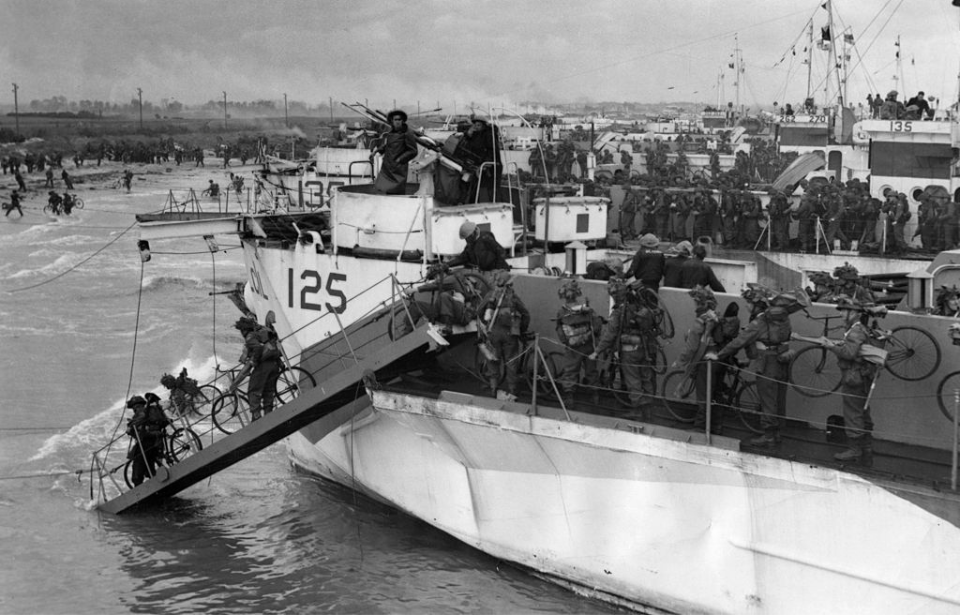When you think of the D-Day landings, you likely don’t envision bicycle-riding commandos taking the lead and scouting the area ahead of the other units involved. However, that’s exactly what happened, with one such man, Peter Masters, being a member of No. 3 Commando – “X” Troop. Initially considered an enemy alien, he and those he served alongside played a pivotal role in the execution of Operation Overlord.
Creating a multinational commando unit
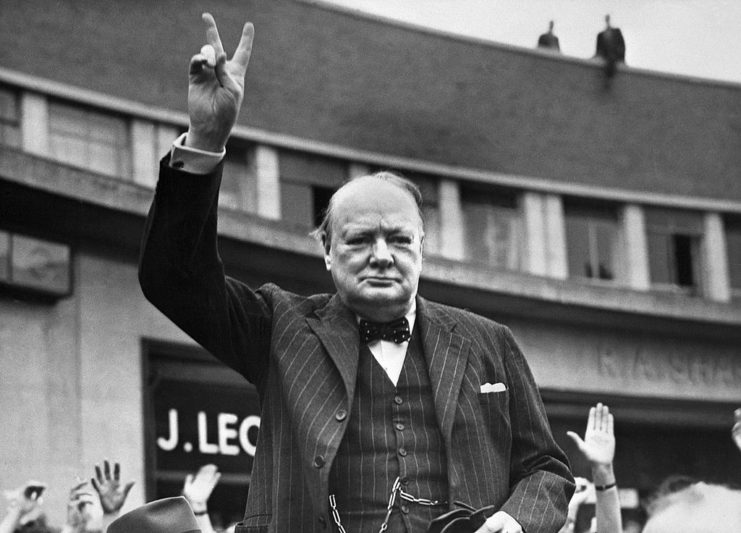
During World War II, the British Army, at the request of Prime Minister Winston Churchill, established the No. 10 Commando. The unit was multinational, consisting of volunteers from across German-occupied Europe. It was highly-trained and charged with spearheading amphibious landings.
No. 10 Commando’s multilingual abilities made the unit exceptionally useful in the war raging across Europe, with the members’ own experiences providing the necessary motivation to take on – and down – the German war machine. The unit was divided into a number of subunits that consisted of recruits from different areas. These were referred to as “troops.”
Among the most interesting of these groups was No. 3 Troop – better known as “X” Troop.
Peter Masters escaped Vienna
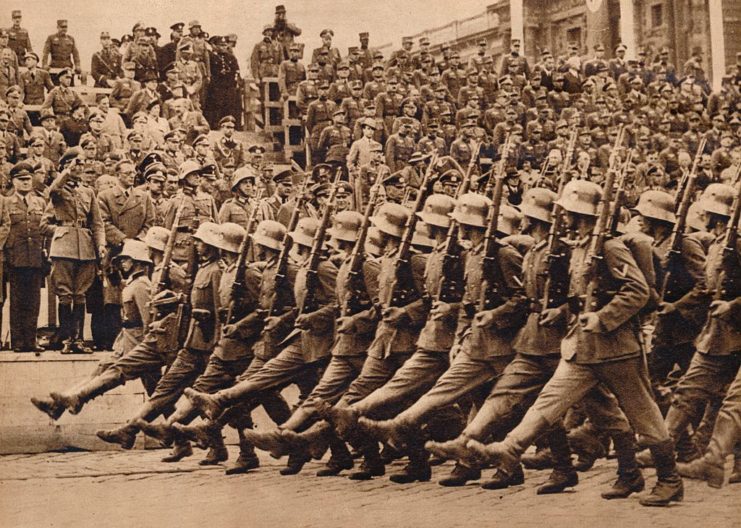
X Troop contained 87 commandos from countries where they were deemed “enemy aliens” – German and Austrian Jews. One of the unit’s members was Peter Masters, who’d fled Vienna with his family in 1938. As Austrian Jews, they were persecuted by the Germans and anxiously awaited the dreaded knock at their door from the SS.
While in Vienna, the family had to report hourly to local authorities. Once, they saw a car belonging to the Gestapo sitting outside their home, which prompted them to flee. While preparing to escape, Masters’ grandfather bravely chose to stay behind, believing he would slow the others down. He was eventually arrested and murdered by the Germans – a testament to his bravery, but also a glimpse at just how close the rest of the family was to suffering the same fate.
Peter Masters wanted to fight against the Germans
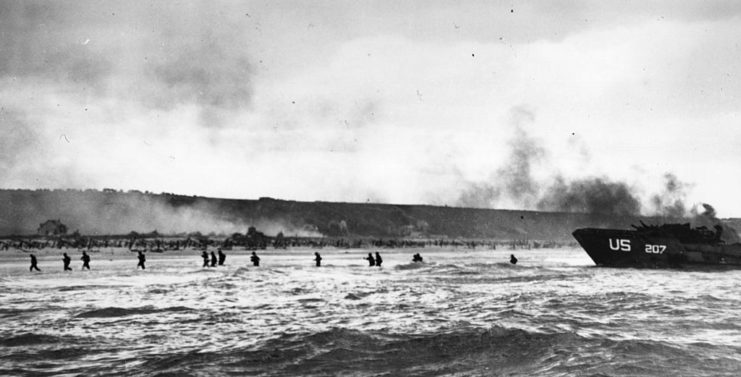
After successfully fleeing continental Europe to England, Masters’ hopes of joining the fight against the Germans were destroyed when he was subsequently locked away for being an enemy alien. Luckily for him, he was offered a spot within the top-secret X Troop, which gave him the opportunity to fight for his home and extended family, many of whom were still in Austria.
Upon joining X Troop, each man had to adopt an entirely new British life story for themselves, including changing their name. Masters opted to change his to a more British-sounding one: Peter Arany. After undergoing extensive training, he found himself returning to Europe as part of D-Day on June 6, 1944.
Landing on Sword Beach
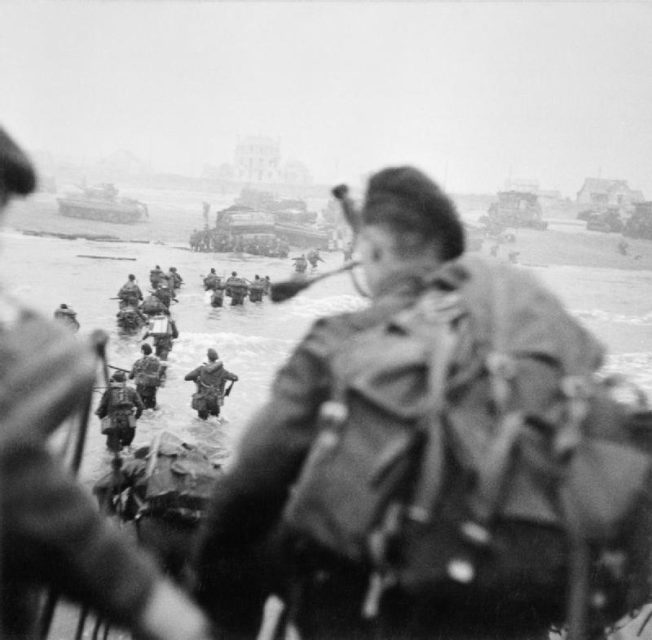
X Troop never operated in combat as a single force; its members were attached to other units participating in operations. On D-Day, Peter Masters was assigned to a bicycle troop, which would enable him to move much faster than the servicemen landing on Normandy’s beaches.
Masters exited his landing craft with a Thompson submachine gun, a bicycle and a pack laden with grenades, ammunition, a 200-foot rope and a pickaxe. He reached the bloodstained sand of Sword Beach and paused, processing the horrific sights that were all around him, despite being instructed to move inland as fast as possible.
Joining him was Brig. Simon Fraser, 15th Lord Lovat and his piper, William “Bill” Millin. The former had told the latter to play his pipes during the assault, something that had actually been banned by military command. Lovat defied these orders, telling Millin, “Ah, but that’s the English War Office. You and I are both Scottish, and that doesn’t apply.”
The scenes around them inspired the men, including Masters, to move across the beach.
Bicycle troops storm Normandy
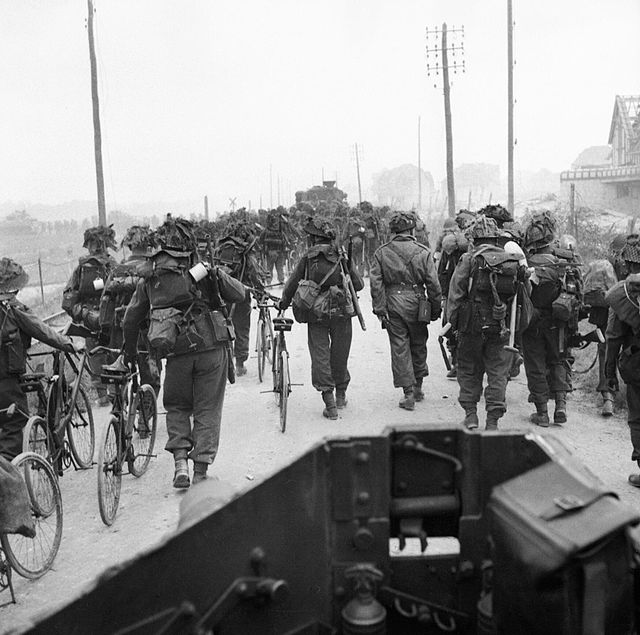
After crossing the sand, Peter Masters’ personal mission began: linking up with the rest of his bicycle troop that was rapidly heading inland, leaving the scenes on the beach behind them. Their destination was Pegasus Bridge, which spanned the Caen Canal. If all went to plan, the structure would have already been captured by a small group of British paratroopers.
As the bridge was far behind enemy lines, the men would require reinforcements as soon as possible. The bicycle troop encountered Simon Fraser once again, before continuing on past the mined, cratered and flooded landscape of Normandy.
As the unit approached the commune of Bénouville, the lead cyclist was killed by enemy gunfire. The troop’s commander ordered his men take cover, and chose Masters to scout ahead and establish the situation. He was likely chosen due to his nationality, which made many within the British ranks uncomfortable and led some to regard the members of X Troop as cannon fodder.
After explaining he would circle the settlement to gather information, the commander ordered Masters to take the main approach into Bénouville, which the latter felt would guarantee his death. Despite this, he cycled toward the French commune.
On his way, Masters believed the best odds for success would be if he came in with the confidence of a man with an overwhelming force not far behind him – even though he didn’t. In German, he shouted, “All right! Surrender, all of you! You are completely surrounded and don’t have a chance! Throw away your weapons and come out with your hands up if you want to go on living. The war is over for all of you.”
After a brief pause, the Germans in Bénouville responded with gunfire. After unleashing a burst from his own weapon, Masters’ Tommy Gun jammed and he dove for cover. Alone and defenseless, he thought this would be his end. That is, until he saw the bicycle troop charging into the village to meet the Germans with fixed bayonets, most of whom fled from the sight.
Leaving the commune, the Allied men dashed to Pegasus Bridge, which they discovered was in British hands. just under an hour later, Fraser and his men arrived. Later, Masters would interrogate a German officer and march 40 prisoners of war (POWs) to British lines.
Peter Masters returns to continental Europe
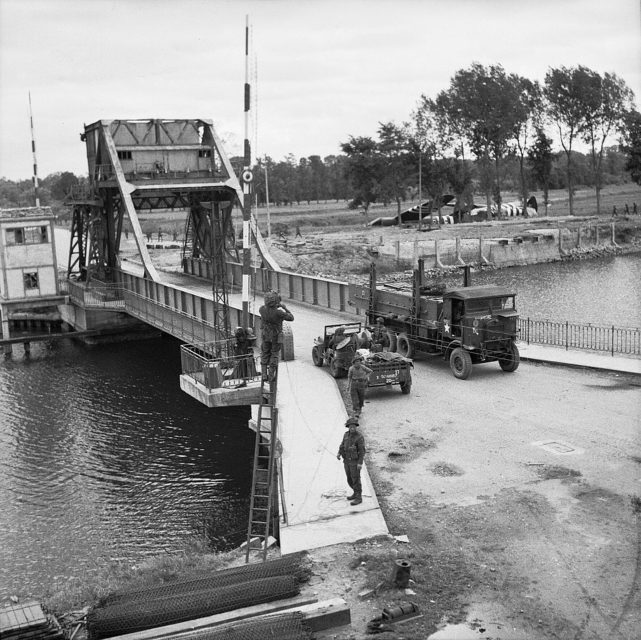
Following the war, Peter Masters attended the Central School of Art and Design in London, and later studied at both the Parsons School of Design and Yale University in the United States. Opting to remain in the country, he became the art director of WTOP-TV, designing sets for such television series as Face the Nation (1954 – present) and The Jimmy Dean Show (1963-66).
After his stint in the entertainment industry, Masters joined the Office of Economic Opportunity under President Lyndon B. Johnson, designing logos for such federal programs as Head Start and the Job Corps. When Richard Nixon came into office and reorganized the agency, he transferred to the General Services Administration. During this time, he was also the president of the Art Directors Club of Metropolitan Washington.
Just prior to his retirement in 1984, Masters began working on what would eventually become his memoir. The book, published in 1997, was written with the sole intention of disproving the belief that Europe’s Jewish population didn’t fight back against the German government and military prior to and during the Second World War.
More from us: Operation Frankton: When ‘Canoeing Commandos’ Took On the Enemy In Kayaks
On March 21, 2005, Peter Masters died of a heart attack while playing tennis at Georgetown Preparatory School in Rockville, Maryland.
